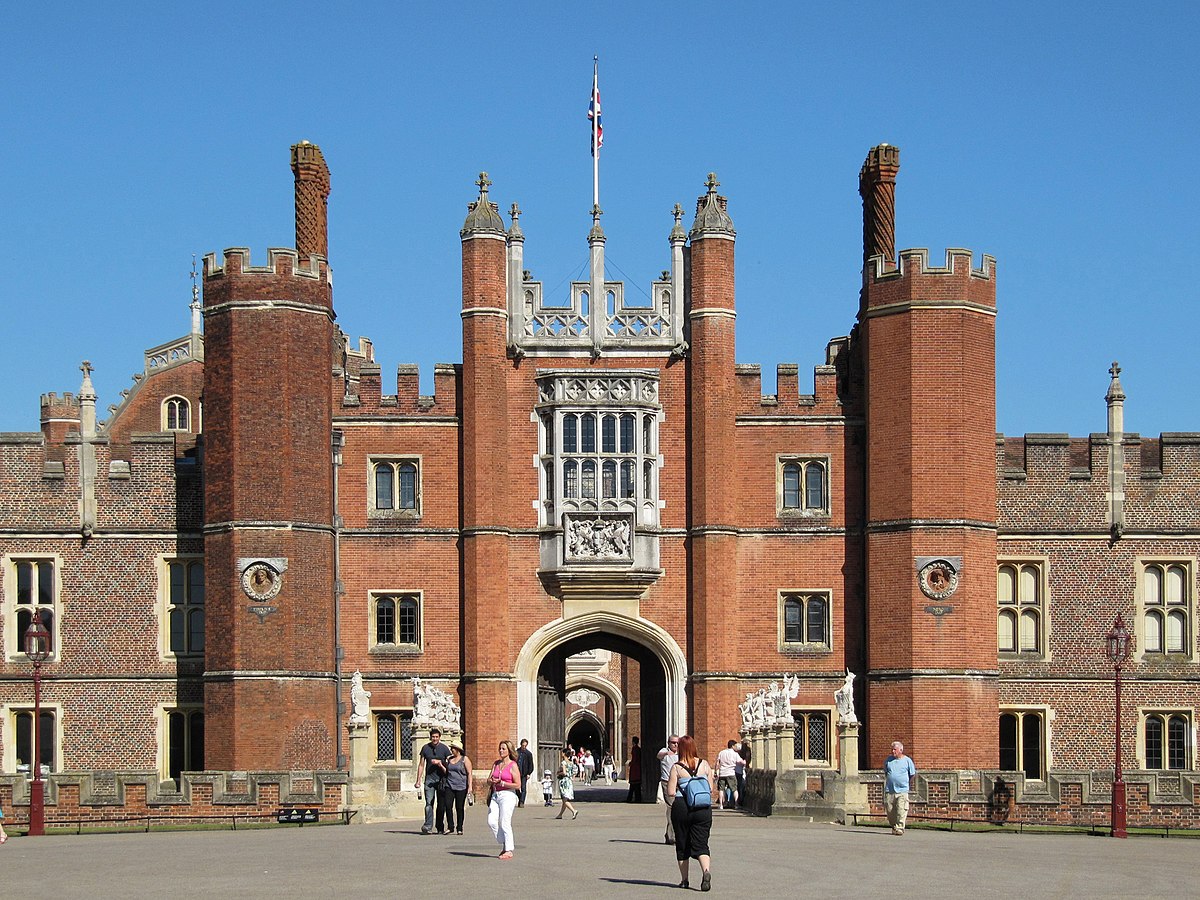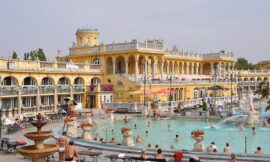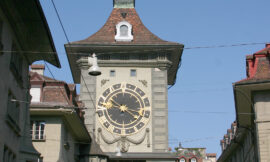Hampton Court Palace, located on the banks of the River Thames in the London Borough of Richmond upon Thames, is a historic royal palace with a rich history spanning over 500 years. Renowned for its Tudor and Baroque architecture, stunning gardens, and associations with some of England’s most famous monarchs, Hampton Court Palace is a popular tourist attraction and a testament to the country’s royal heritage.
Tudor Origins: The palace’s history dates back to the early 16th century when Cardinal Thomas Wolsey, chief minister to King Henry VIII, acquired the property and began transforming it into a grand residence. However, Wolsey fell out of favor with the king, and in 1529, he gifted Hampton Court to Henry VIII as a way to appease him. The palace became one of Henry’s favorite residences, and he subsequently undertook extensive renovations and expansions.
Tudor Architecture: The Tudor aspects of Hampton Court are most evident in the Tudor Palace, which features distinctive red-brick architecture, Tudor-style chimneys, and the Great Hall—a magnificent space with a hammer-beam ceiling. The Tudor kitchens, where the palace’s extensive feasts were prepared, provide a fascinating glimpse into the culinary practices of the time.
Hampton Court Maze: One of the palace’s unique attractions is the Hampton Court Maze, located in the gardens. Planted in the late 17th century, it is one of the oldest surviving hedge mazes in the world and provides visitors with an entertaining challenge as they navigate its intricate pathways.
Baroque Additions: In the late 17th century, during the reign of William III and Mary II, Sir Christopher Wren was commissioned to make substantial Baroque additions to Hampton Court. Wren’s work included the construction of the Fountain Court, the redesign of the Tudor East Front, and the addition of the majestic Chapel Royal.
The Great Hall and State Apartments: The Great Hall remains a highlight of the palace, featuring a stunning hammer-beam ceiling and elaborate tapestries. The State Apartments, with their opulent furnishings and decor, offer a glimpse into the lives of monarchs such as William III and Mary II.
Gardens and Grounds: The palace is surrounded by 60 acres of meticulously landscaped gardens, including the Privy Garden, the Pond Gardens, and the iconic Great Fountain Garden. The gardens showcase different styles, from the formal to the more naturalistic, providing a picturesque setting for visitors to explore.
Modern-Day Attraction: Today, Hampton Court Palace is open to the public, allowing visitors to step back in time and experience the grandeur of the Tudor and Baroque periods. The palace hosts events, exhibitions, and reenactments, bringing history to life for visitors of all ages.
In summary, Hampton Court Palace stands as a magnificent testament to England’s royal history, encompassing the Tudor and Baroque periods. Its stunning architecture, lush gardens, and rich historical associations make it a captivating destination for those seeking to explore the grandeur and intrigue of the past.



